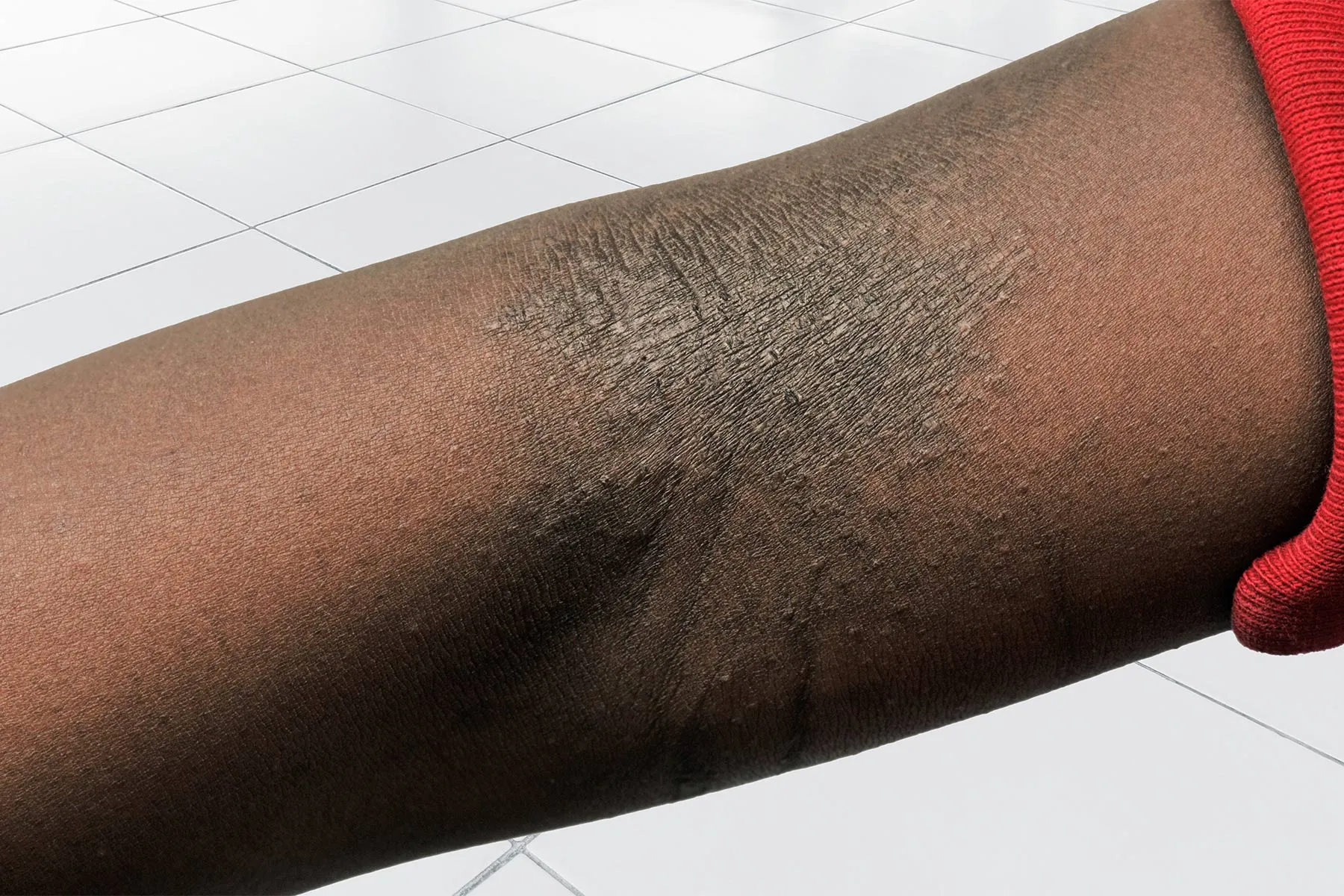Is a Single Fingerprint Enough to Convict?
There is still a lack of sufficient empirical studies that conclusively establish the uniqueness of fingerprints, argue two South African criminologists. They recommend courts take a cautious approach when determining the reliability of fingerprint and other forensic evidence.


Illustration by Pavel Krupa via Flickr
Contrary to popular imagination — and C.S.I. plotlines — it often takes much more than a single fingerprint to accurately identify a killer.
In fact, convictions based on a single piece of forensic evidence have historically resulted in cases of wrongful conviction, argue South African criminologists Adebola Olaborede and Lirieka Meintjes-van der Walt.
While fingerprint matching, for example, is now a common tool in law enforcement investigations, there is still a lack of sufficient empirical studies that conclusively establish the uniqueness of the fingerprints, according to a study published in South Africa’s Potchefstroom Electronic Law Journal.
“There is no testing conducted that shows the statistical significance of a match to establish the probability of two fingerprints being identical,” the authors write.
As such, Olaborede and Meintjes-van der Walt urge courts to take a cautionary approach when relying on a single piece of evidence, arguing that corroboration with other forms of evidence linking the accused to the crime should be required.
Categorized as circumstantial evidence, forensic evidence relies on inferences to connect it to a conclusion of fact. In court, forensic expert witnesses analyze the scientific foundations of the evidence, testifying on the application of forensic techniques to the evidence obtained at a crime scene.
Nevertheless, a person can be convicted on the evidence of a single witness — though the authors identify a growing number of cases in which false convictions have stemmed from a lack of scientific validation of a single piece of evidence.
In recent years, investigations have linked forensic pattern-matching methods such as latent fingerprint analysis, bite mark analysis, microscopic hair analysis, and firearms identification to the wrongful convictions of innocent people.
“The wrongful conviction of an innocent person, especially on a single piece of evidence, poses serious risks for the victim and the society at large,” the authors write.
“Wrongful conviction is a clear miscarriage of justice that affects the fundamental rights of the convicted person.”
What’s driving this dangerous development?
According to Olaborede and Meintjes-van der Walt, a lack of adequate standards for the scientific reliability of pattern-matching methods can result in the high possibility of error in the interpretation of evidence, threat of bias, and absence of reliable operational procedures.
Consider the scientific inconsistencies associated with latent fingerprint analysis: as part of this process, a latent print examiner analyzes the impression of a fingerprint obtained at a crime scene and the fingerprint of the accused, presenting the conclusions in court as examiner’s testimony.
Olaborede and Meintjes-van der Walt acknowledge thart latent fingerprint analysis has been recognized as a relatively reliable forensic method.
But scientific shortcomings afflict other forensic pattern-matching methods, all of which can contribute to the wrongful identification and conviction of innocent people.
In one high-profile case, the Federal Bureau of Investigation conducted a faulty fingerprint analysis that resulted in the misidentification of Brandon Mayfield as the perpetrator of multiple terrorist attacks on commuter trains in Madrid, Spain in 2004.
These examples underscore the authors’ argument that courts should take a cautionary approach when relying on scientifically invalidated forensic evidence.
“Forensic pattern-matching methods are not error-free and there is the reality of high occurrence of wrongful conviction of innocent persons,” the authors write. “The court must encourage the state to provide additional material evidence, if available, to corroborate the circumstantial evidence.”
Adebola Olaborede is a post-doctoral researcher at the Nelson Mandela School of Law, Faculty of Law, University of Fort Hare, South Africa. Lirieka Meintjes-van der Walt Is Adjunct Professor and Leader of the Law, Science and Justice Research Niche Area, Nelson Mandela School of Law, Faculty of Law, University of Fort Hare, South Africa.
The paper, first published in 2020, was posted online last month.
To access the full article, click here.
Eva Herscowitz is a TCR contributing writer.

 Landwebs
Landwebs 




















